NASA's Stardust Mission Brings Cosmic Dust to Earth (Photos)
Stardust spacecraft near comet Wild 2
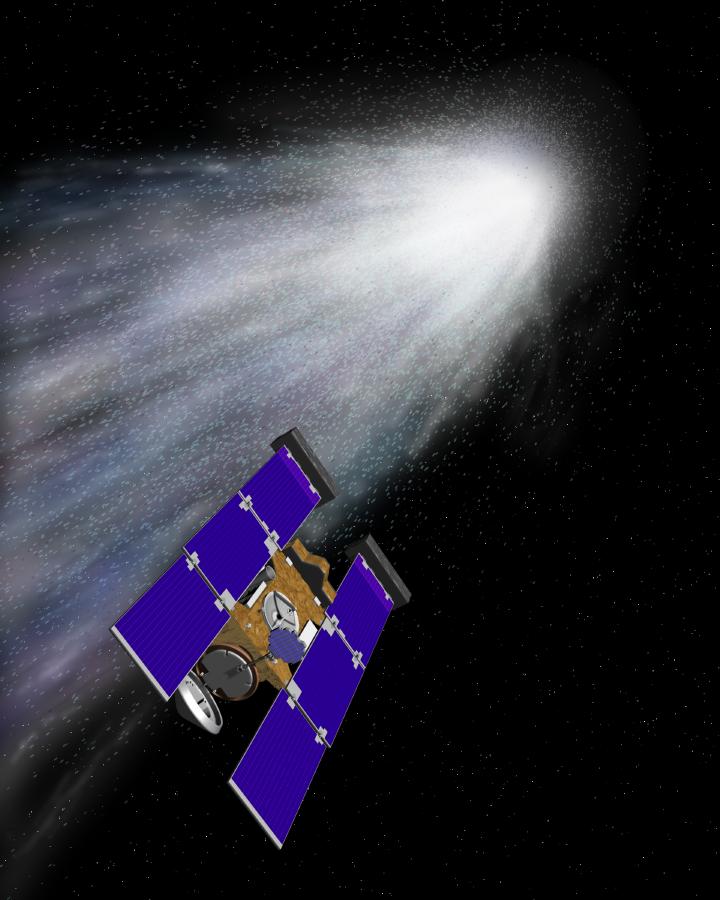
In 2004, NASA's Stardust spacecraft collected samples of a comet and cosmic dust and then, two years later, returned those samples to Earth in 2006, giving scientists their first ever pieces of a comet and, just possibly, the stuff between stars. See images of the Stardust's best candidates yet for interstellar dust in this Space.com gallery.
Diffraction Pattern of Interstellar Dust Candidate Orion
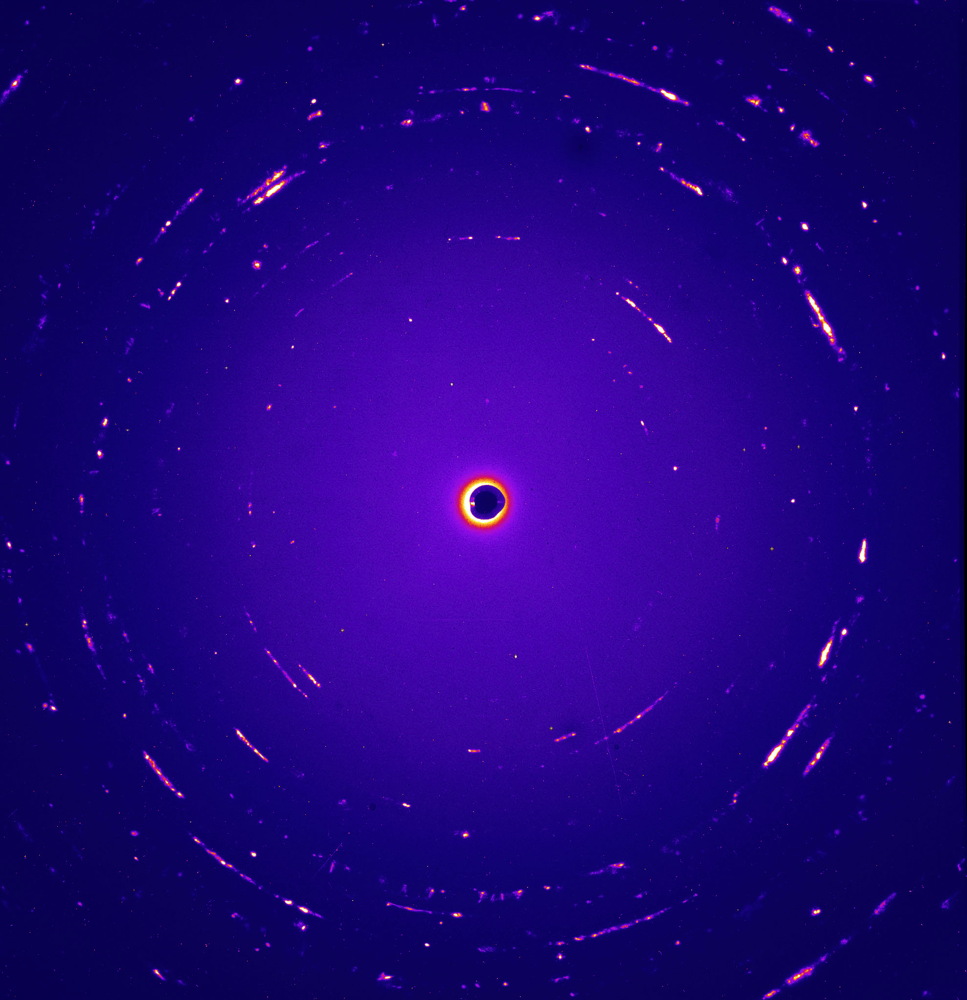
This image is a false-color view of a diffraction pattern of Orion, an interstellar dust candidate collected by NASA's Stardust spacecraft in 2004 and returned to Earth in 2006. Read the Full Story Here.
Mission Completed: Stardust Capsule Lands in Utah
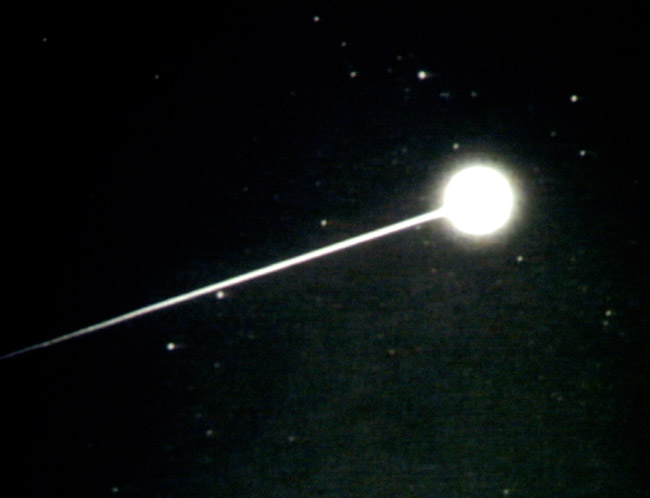
NASA's Stardust sample-return capsule streaks across the sky in this image of the probe's 2006 landing on Earth after capturing comet and space dust samples. Scientists captured this image from a DC-8 NASA chase plane. Read the Full Story Here.
Advanced Light Source at the Lawrence Berkeley Laboratory

A panoramic photo shows the Advanced Light Source at the Lawrence Berkeley Laboratory in Berkeley, CA. Scientists employed the beamline 11.0.2 (STXM) to analyze the interstellar candidates that were captured in aerogel by NASA's Stardust spacecraft. Read the Full Story Here.
Dust Particle Impact on Stardust's A1 Foil Collector
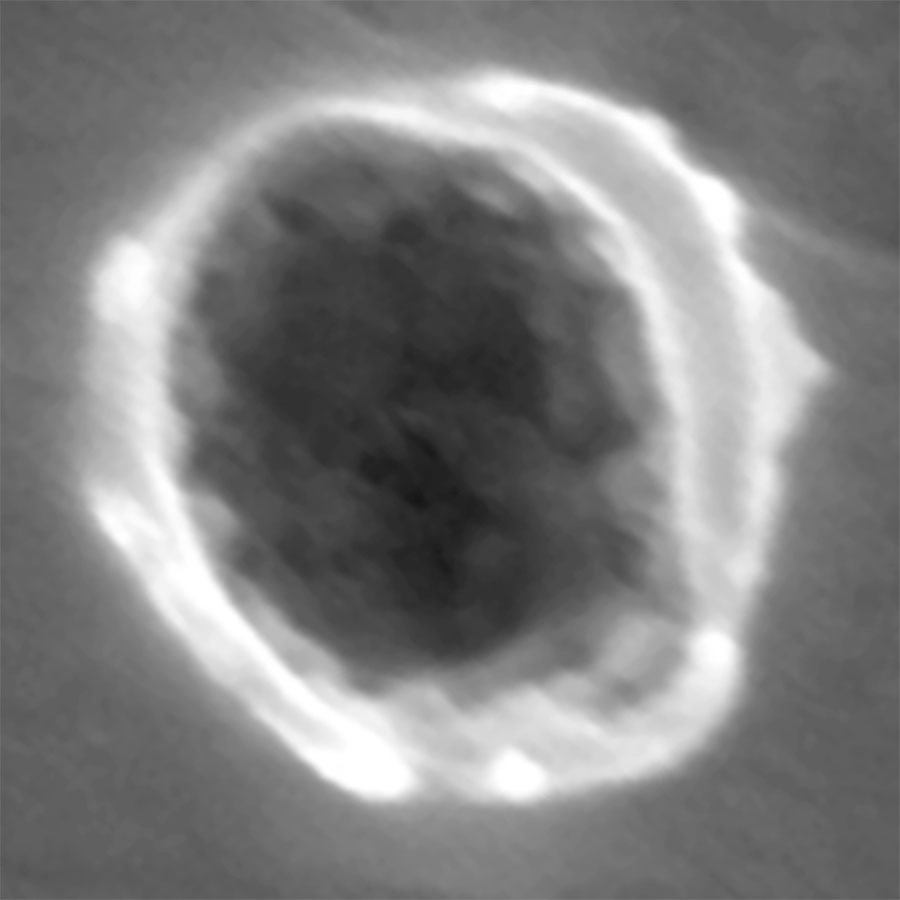
An extreme close-up at a space dust sample collected by NASA's Stardust spacecraft in 2004. Read the Full Story Here.
Stardust Lab at Johnson Space Center
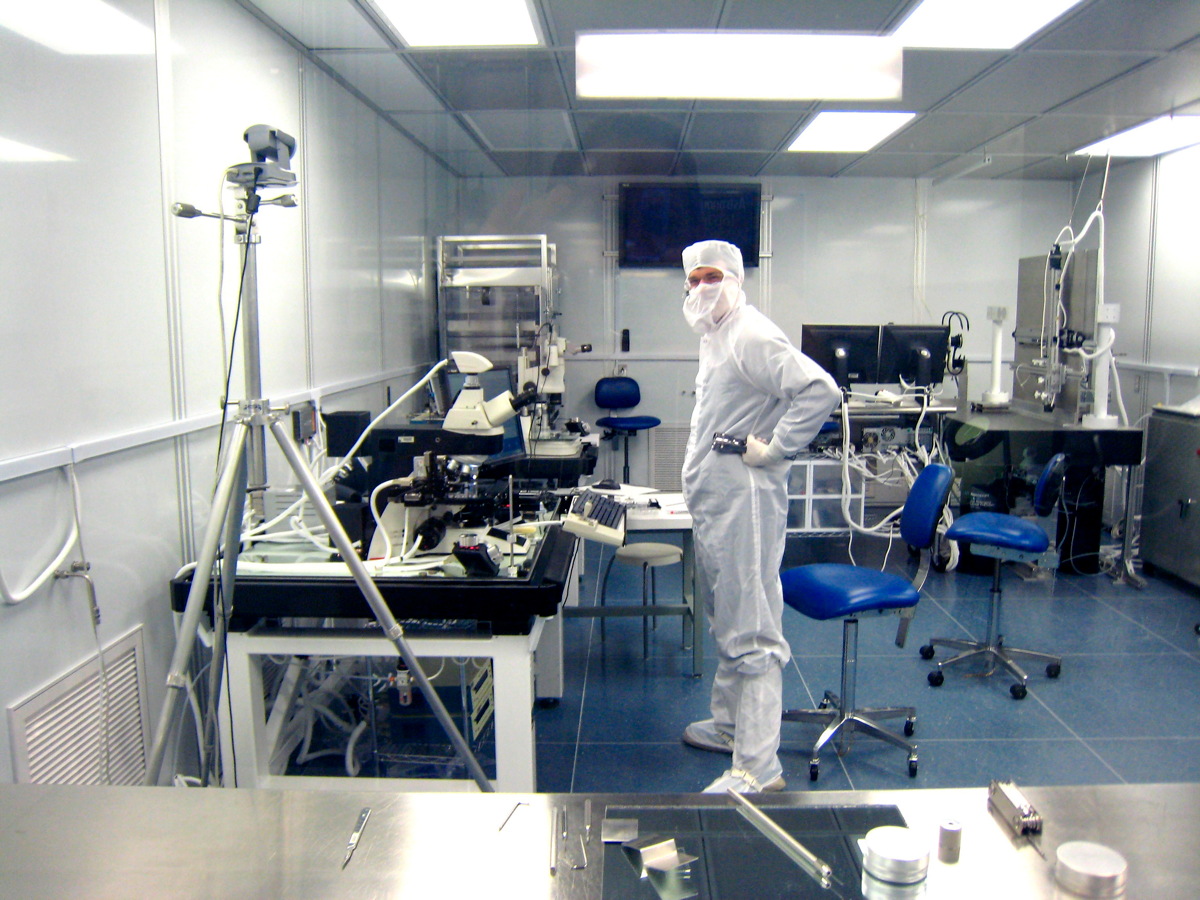
This photo depicts a day in the Stardust Lab at Johnson Space Center in Houston. Read the Full Story Here.
Keystoning Apparatus Working on Stardust's Interstellar Dust Collector
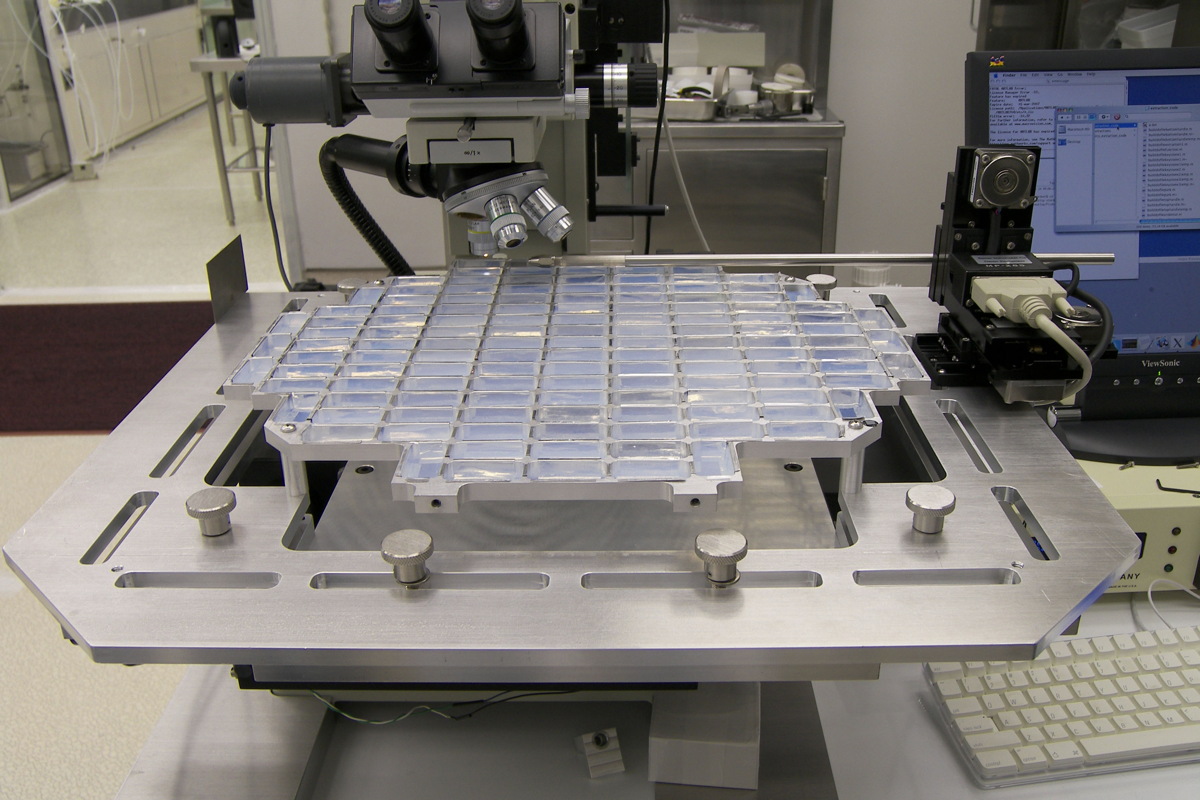
The keystoning apparatus cuts a picokeystone out of NASA's Stardust spacecraft interstellar dust collector at the Johnson Space Center in Houston. Read the Full Story Here.
Get the Space.com Newsletter
Breaking space news, the latest updates on rocket launches, skywatching events and more!
Keystoning Apparatus Working on Stardust's Interstellar Dust Collector (Close-Up)
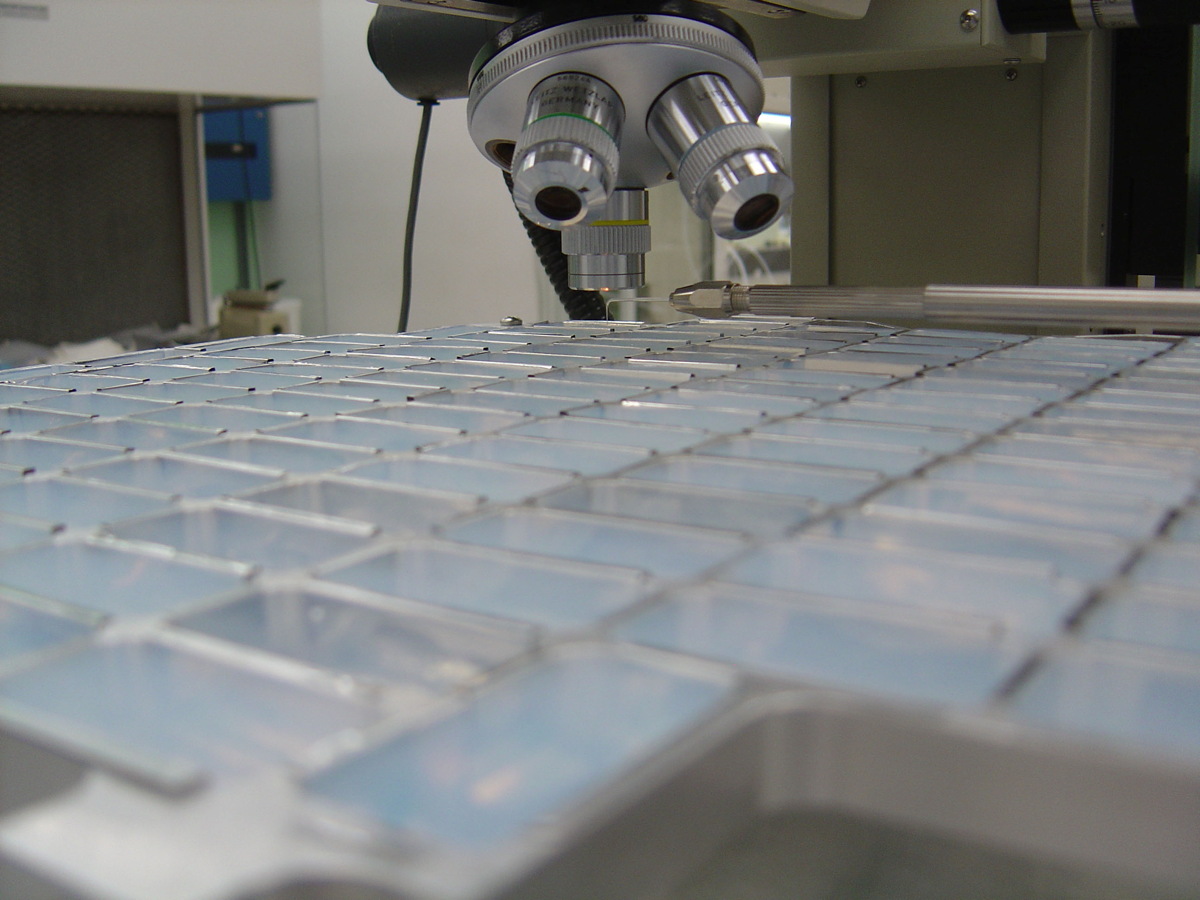
The aerogel space dust sample container from NASA's Stardust spacecraft is seen here beneath the so-called "keystoning apparatus," which picks samples out of the aerogel. Read the Full Story Here.
Optical Microscope Image of Orion Interstellar Dust Candidate
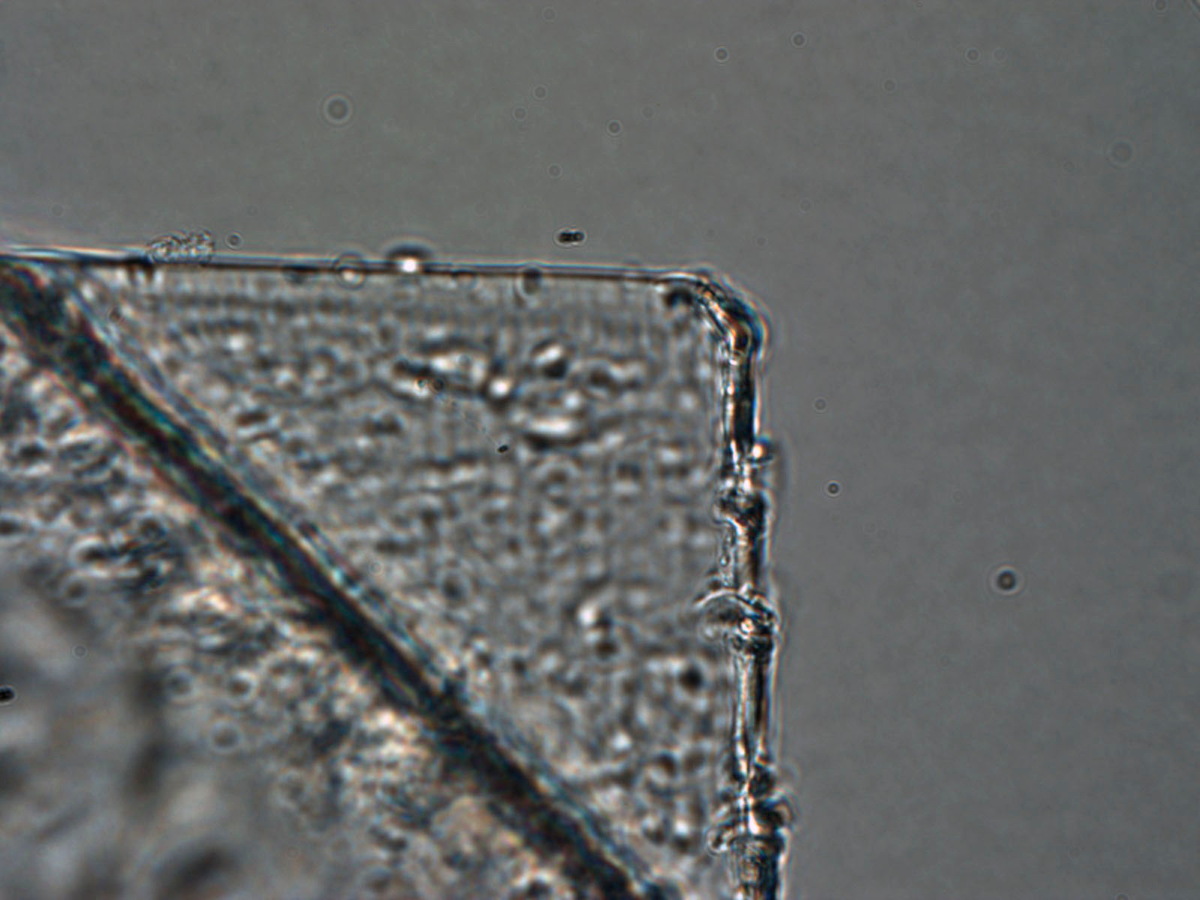
This optical microscope image of Orion interstellar dust candidate was taken only shortly after it was removed from the Stardust spacecraft collector. Read the Full Story Here.
Keystoning Apparatus Working on Stardust's Interstellar Dust Collector (Close-Up #2)

The keystoning apparatus cuts a picokeystone out of NASA's Stardust spacecraft interstellar dust collector at the Johnson Space Center in Houston. Read the Full Story Here.
Picokeystone from Stardust Aerogel Tile
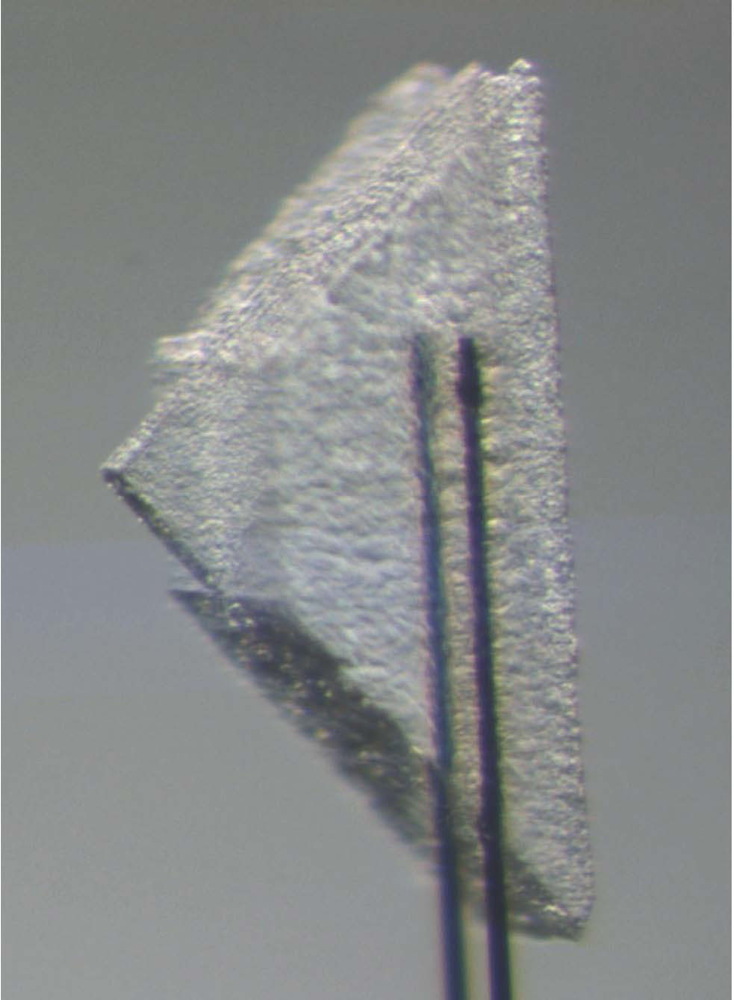
A picokeystone was extracted from an aerogel tile installed on NASA's Stardust spacecraft interstellar dust collector. Read the Full Story Here.
Join our Space Forums to keep talking space on the latest missions, night sky and more! And if you have a news tip, correction or comment, let us know at: community@space.com.

Space.com is the premier source of space exploration, innovation and astronomy news, chronicling (and celebrating) humanity's ongoing expansion across the final frontier. Originally founded in 1999, Space.com is, and always has been, the passion of writers and editors who are space fans and also trained journalists. Our current news team consists of Editor-in-Chief Tariq Malik; Editor Hanneke Weitering, Senior Space Writer Mike Wall; Senior Writer Meghan Bartels; Senior Writer Chelsea Gohd, Senior Writer Tereza Pultarova and Staff Writer Alexander Cox, focusing on e-commerce. Senior Producer Steve Spaleta oversees our space videos, with Diana Whitcroft as our Social Media Editor.









